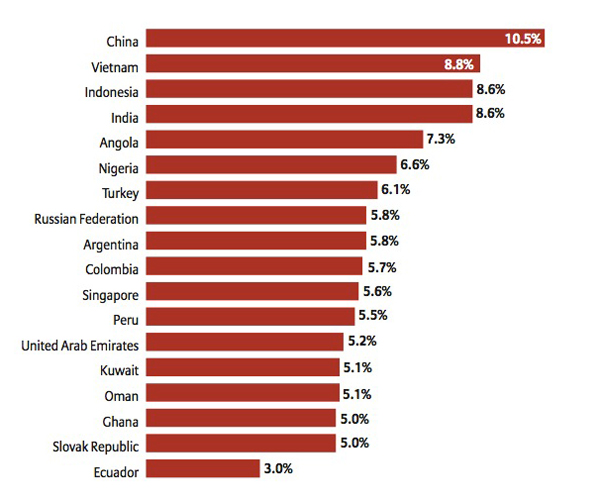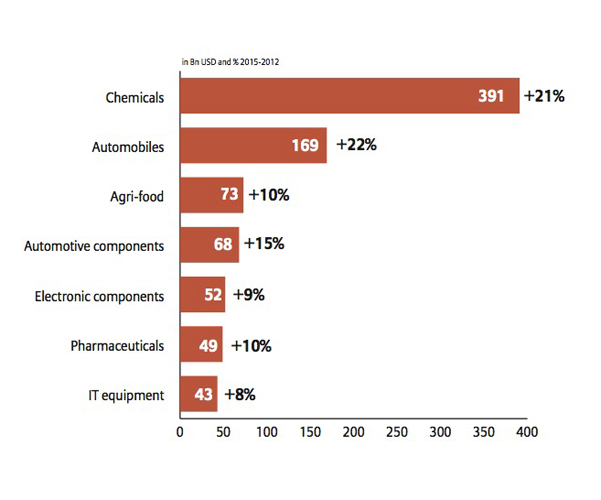Global trade is being fundamentally transformed, according to a study by Euler Hermes, the global leader in trade credit insurance.
“As the growth engine for the global economy, world trade is expected to rise by 4.1% in real terms in 2013 (vs. 2.5% GDP growth), and by 5.9% in 2014 (vs. 3.2% GDP growth),” explained Ludovic Subran, chief economist at Euler Hermes. “However, there will be marked contrasts at regional and sector levels. After a period of ‘full globalization’, we now see a shift toward stronger regionalization and the emergence of new risks.”
The recognition of free trade as a source of wealth is underlined by the nearly 240 regional trade agreements recorded since 1990. Moreover, emerging countries currently benefit twice as much as advanced economies from open trade policies, particularly when they sign trade agreements. Similarly, sector level trends demonstrate increasing divergence: computer equipment manufacturers generate seven times more export sales than agri-food companies.

